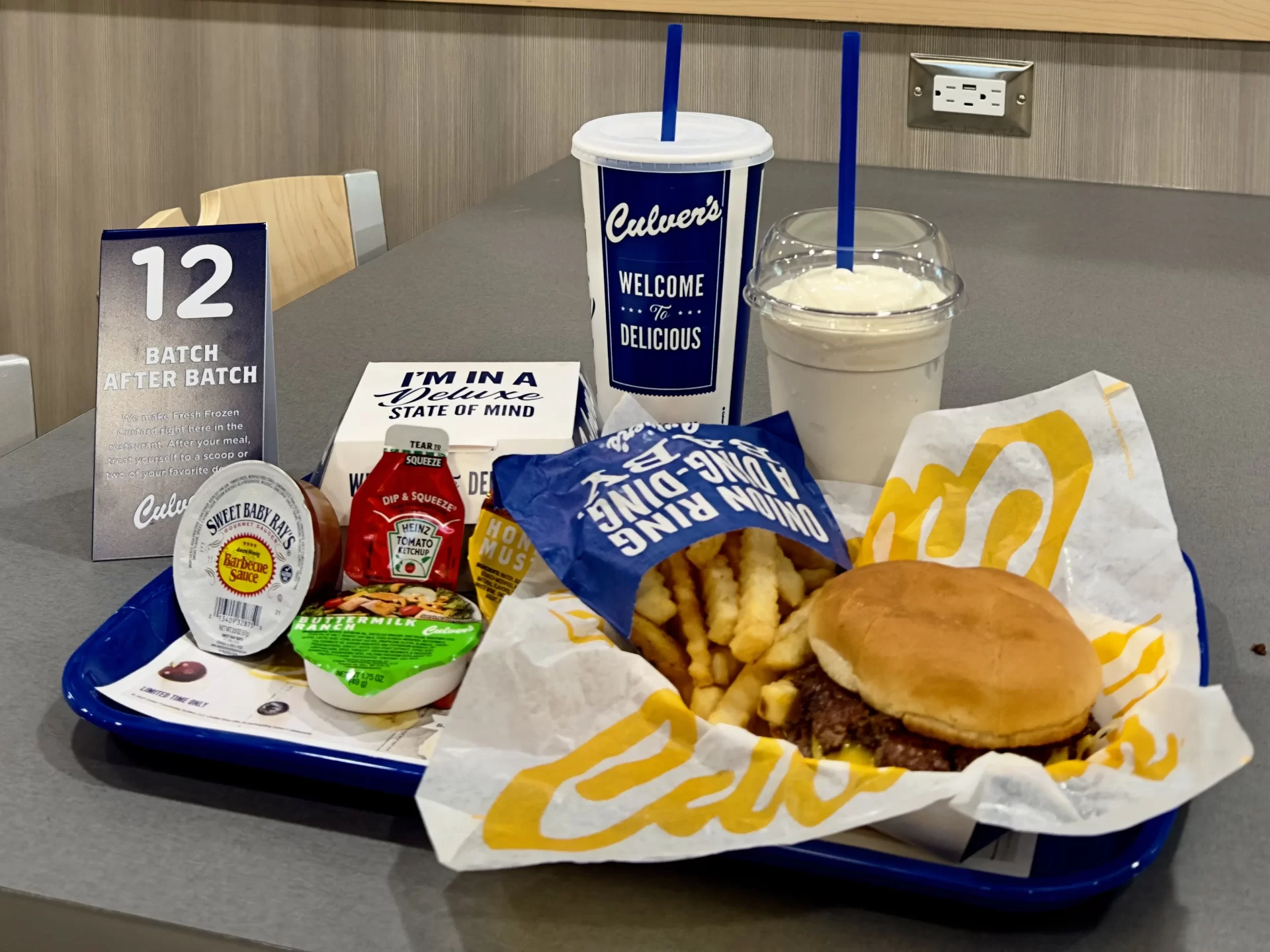PROVIDED BY STATE FARM
Brakes are a vital safety feature, so getting acquainted with your car’s brake system should be a priority.
“The braking system on your vehicle is critical in keeping you and your passengers alive and well and your vehicle out of the body shop,” says James Solomon, Defensive Driving Courses program development and training director with the National Safety Council.
Brake damage or failure can have numerous culprits, including improper or infrequent maintenance, such as low levels of brake fluid and worn brake pads and/or rotors, undetected damage from an unknown source, and wear and tear from weather extremes, including corrosion from road salt.
Your brakes could also be compromised if you’ve hauled a heavy trailer that doesn’t have trailer brakes. This can overheat the vehicle’s brakes and cause accelerated brake wear and damage.
So how do you know if your brakes are operating as they should be?
Watch for these warning signs
If you experience any of the following problems, it’s time to take the car in:
Odd noises. If tapping on the brakes causes a high-pitched squealing noise, you need to see a mechanic as soon as possible. Other suspect sounds include scratching, scraping, and grinding.
Irregular movements or feeling. If your vehicle pulls hard to the left or right when you stop, one side of your brakes is working optimally and the other isn’t, says Solomon. Brakes that sink to the floorboard or pulsate before they function—or a steering wheel that shakes—are also red flags that warrant attention.
Inability to stop quickly. An increased stopping distance indicates a problem with your brakes.
Warning lights. Perhaps the most obvious red flag — the brake warning light on your dashboard flashes when something is amiss.
How to react during brake failure
If your brakes cease to function while you’re driving, remain calm, keep your focus on the road, and take immediate action:
Activate your emergency flashers and honk your horn to alert other drivers.
Take your foot off the accelerator to begin slowing down, and carefully maneuver your vehicle to the right lane or shoulder. Be sure to signal properly and watch for other drivers.
Downshift to let the engine help slow the vehicle.
If your vehicle has anti-lock brakes, press down firmly on the brake pedal. If your car isn’t equipped with this safety system, pump the pedal.
Once you’ve decreased speed, engage the parking brake slowly and gradually. If you do this too quickly and with too much pressure, your wheels could lock up.
What to look for in a new car
“Before purchasing a vehicle, inquire as to what type of braking system it has and the fail-safe system that backs it up,” says Solomon, who recommends asking the following questions while shopping:
Are you required to listen for a noise from the rotors or drums?
Is there a warning light system that indicates worn brakes?
If the yellow brake light on the instrument panel comes on, how long do you have to seek assistance?
If the red brake light on the instrument panel comes on, what do you do?
How often (in miles and months) should you have the brakes looked at by a certified brake professional?
In addition to familiarizing yourself with your brake system, make sure you’re well acquainted with your vehicle’s other safety features and never take them for granted.
The information in this article was obtained from various sources not associated with State Farm. While we believe it to be reliable and accurate, we do not warrant the accuracy or reliability of the information. These suggestions are not a complete list of every loss control measure. The information is not intended to replace manuals or instructions provided by the manufacturer or the advice of a qualified professional. Nor is it intended to effect coverage under our policy. State Farm makes no guarantees of results from use of this information.







